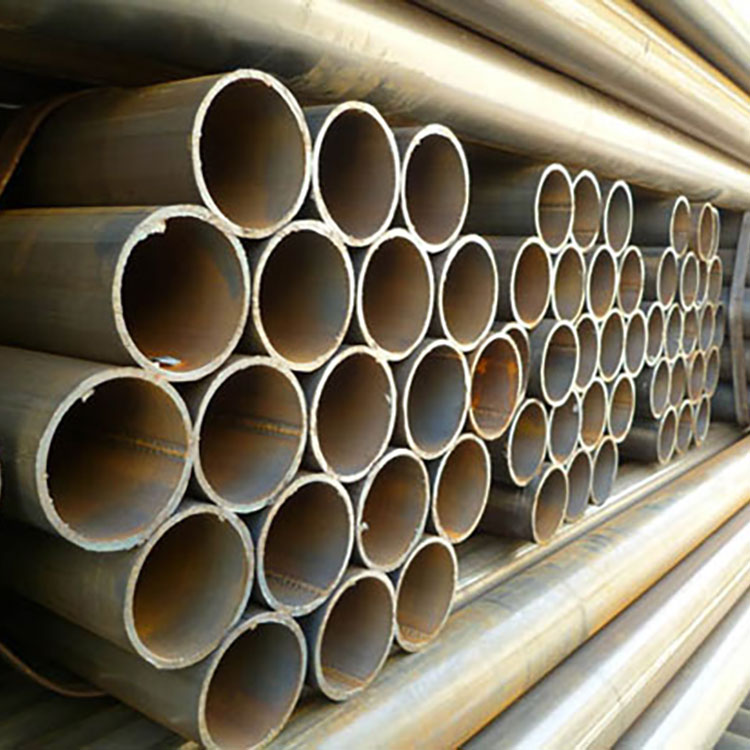

Steel pipe for piling is a type of structural pipe specifically designed for use in deep foundation applications, such as piling and caissons. Piling refers to the process of driving long, slender piles (columns or pillars) into the ground to provide support for structures, stabilize soil, or resist lateral loads. The steel pipes used for piling purposes are typically known as "pile pipes" or "piling pipes." These pipes are made to withstand the loads and stresses associated with driving them into the ground.

Material: Piling pipes are commonly made from carbon steel or alloy steel. The choice of material depends on the specific requirements of the project, including load capacity, environmental conditions, and soil characteristics.
Size and Thickness: Pile pipes come in various sizes and thicknesses to accommodate different engineering specifications and load-bearing requirements. Common sizes range from a few inches to several feet in diameter.
End Configurations: Piling pipes often have specific end configurations to facilitate driving into the ground. Common end configurations include plain ends, beveled ends, or spigot-and-socket interlocks that allow for easy connection between adjacent pipes.

Welding: Pile pipes may be welded or seamless, with welded pipes being more common. The welding process enhances the strength and durability of the pipes.
Coating: To protect against corrosion, piling pipes may be coated with various materials, such as epoxy, zinc, or other anti-corrosion coatings. This is particularly important when the pipes are used in marine or corrosive soil environments.
Piling pipes play a crucial role in foundation engineering and construction projects, providing essential support for structures in areas where traditional shallow foundations may not be sufficient. The selection of the appropriate type of piling pipe depends on the specific requirements of the project, including soil conditions, load-bearing capacity, and environmental factors.
